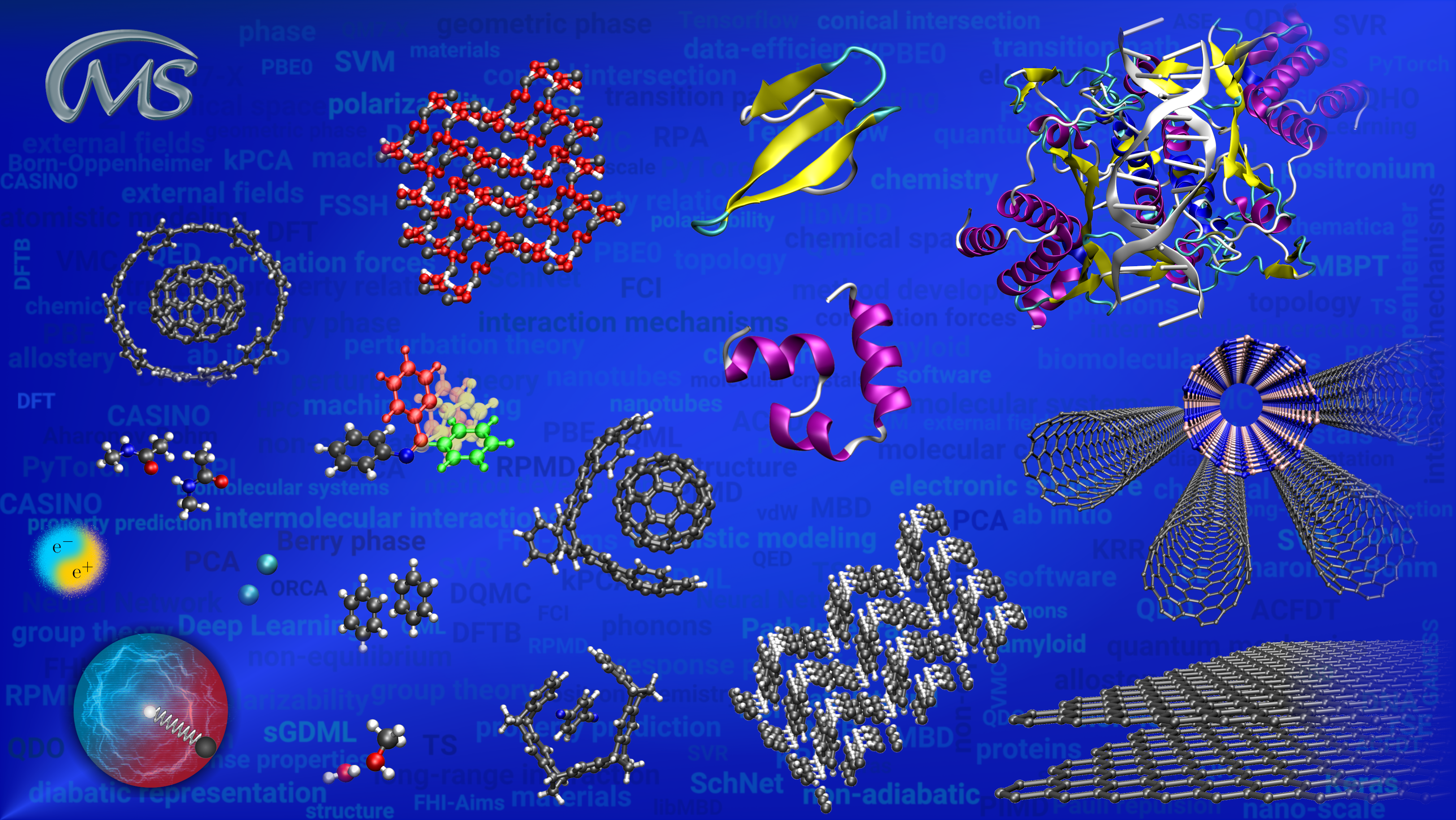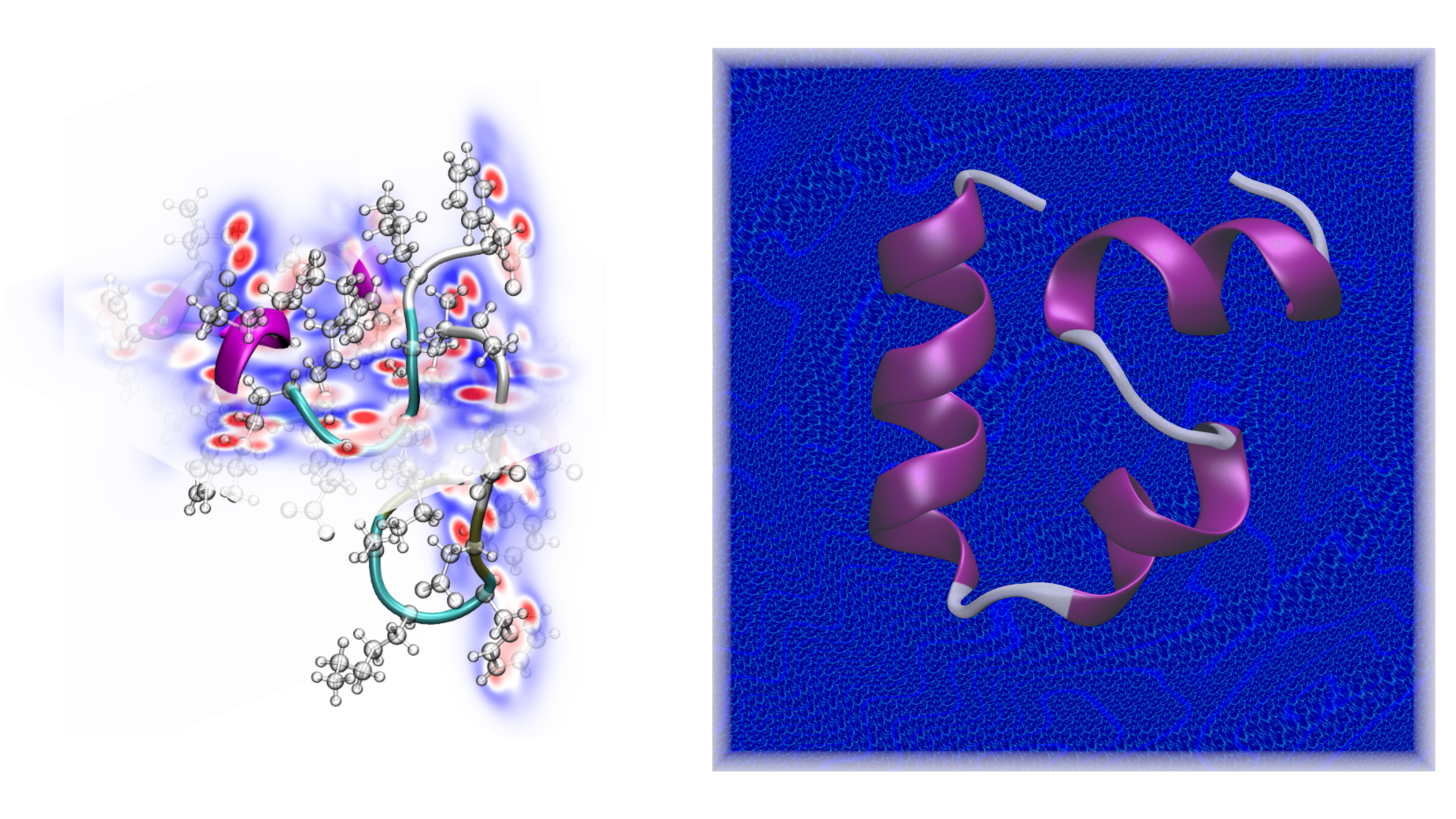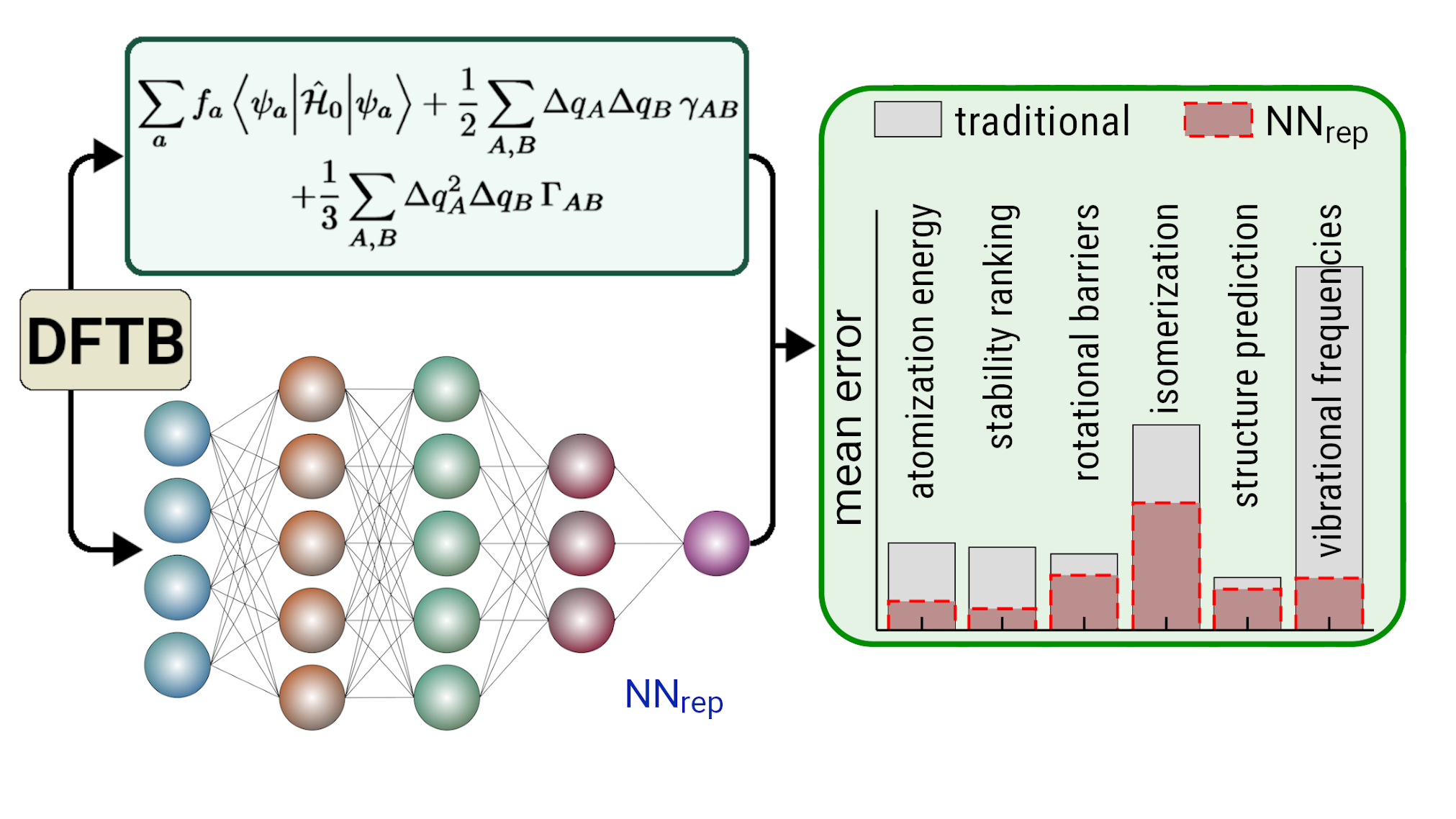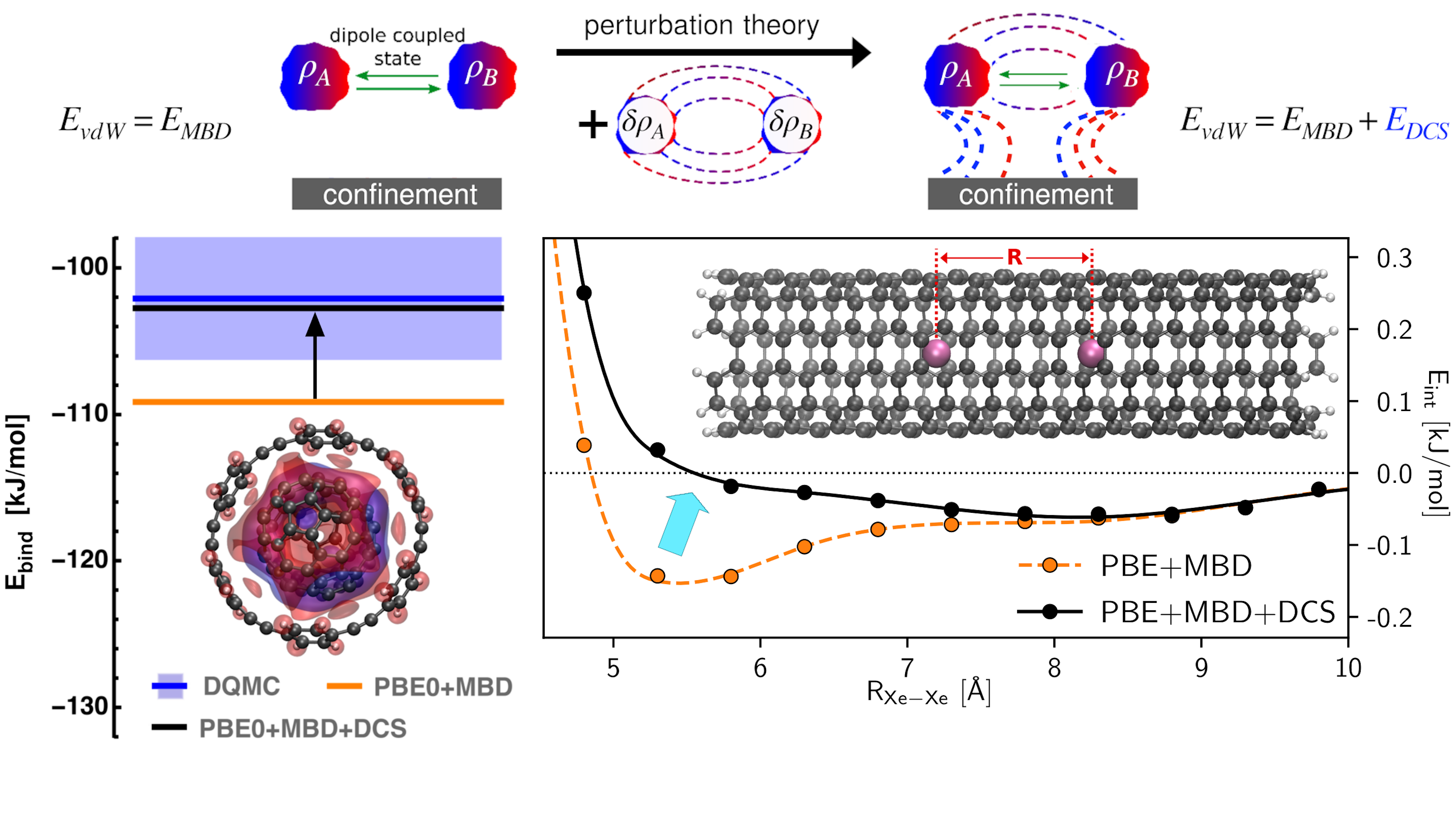

Research Highlights
What's new?
Quantum mechanics of proteins in explicit water! Now published in Science Advances.
Latest Publications (more...)
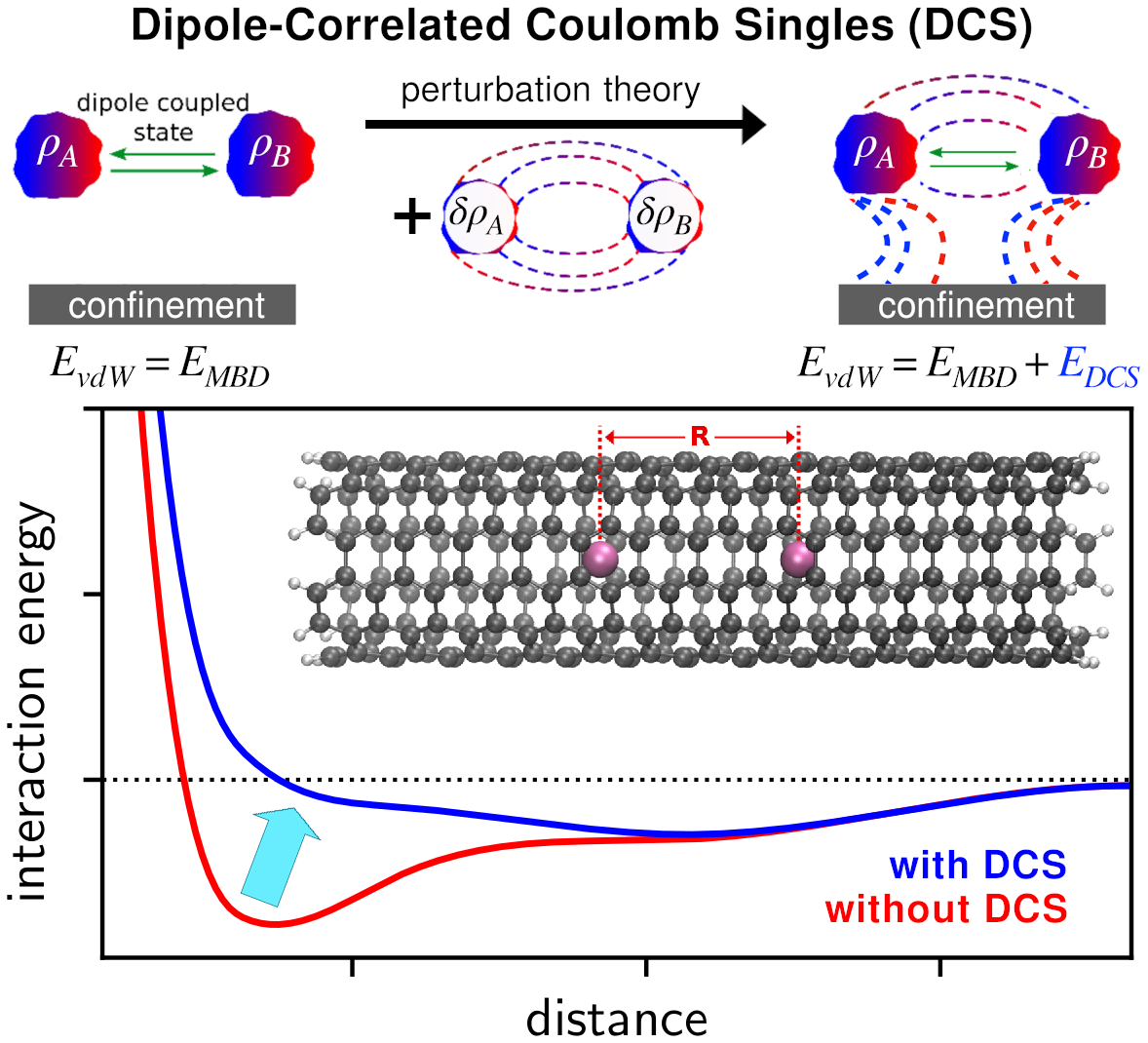
Coulomb interactions between dipolar quantum fluctuations in van der Waals bound molecules and materials
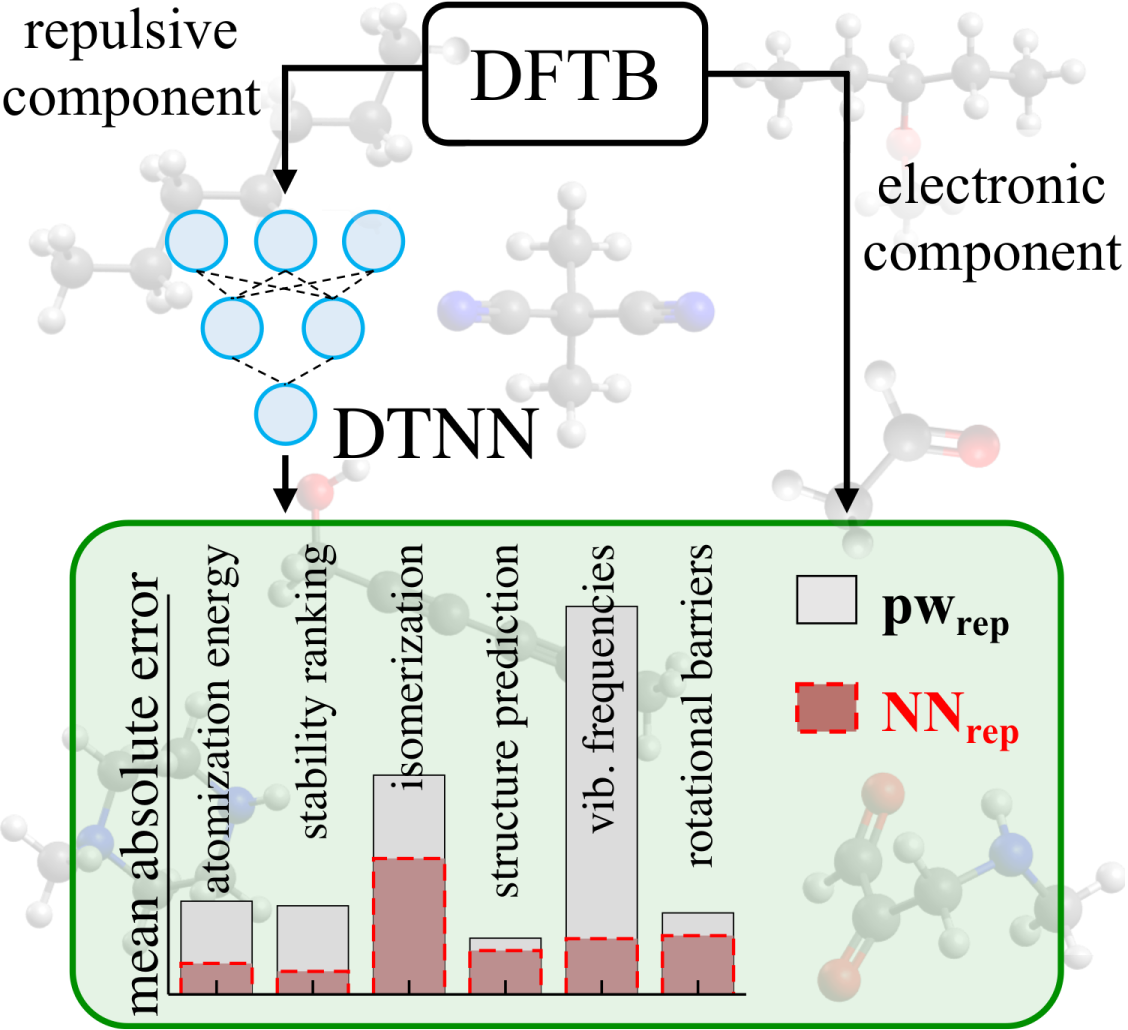
Accurate many-body repulsive potentials for density-functional tight binding from deep tensor neural networks
The Journal of Physical Chemistry Letters 11, 6835–6843 (2020)
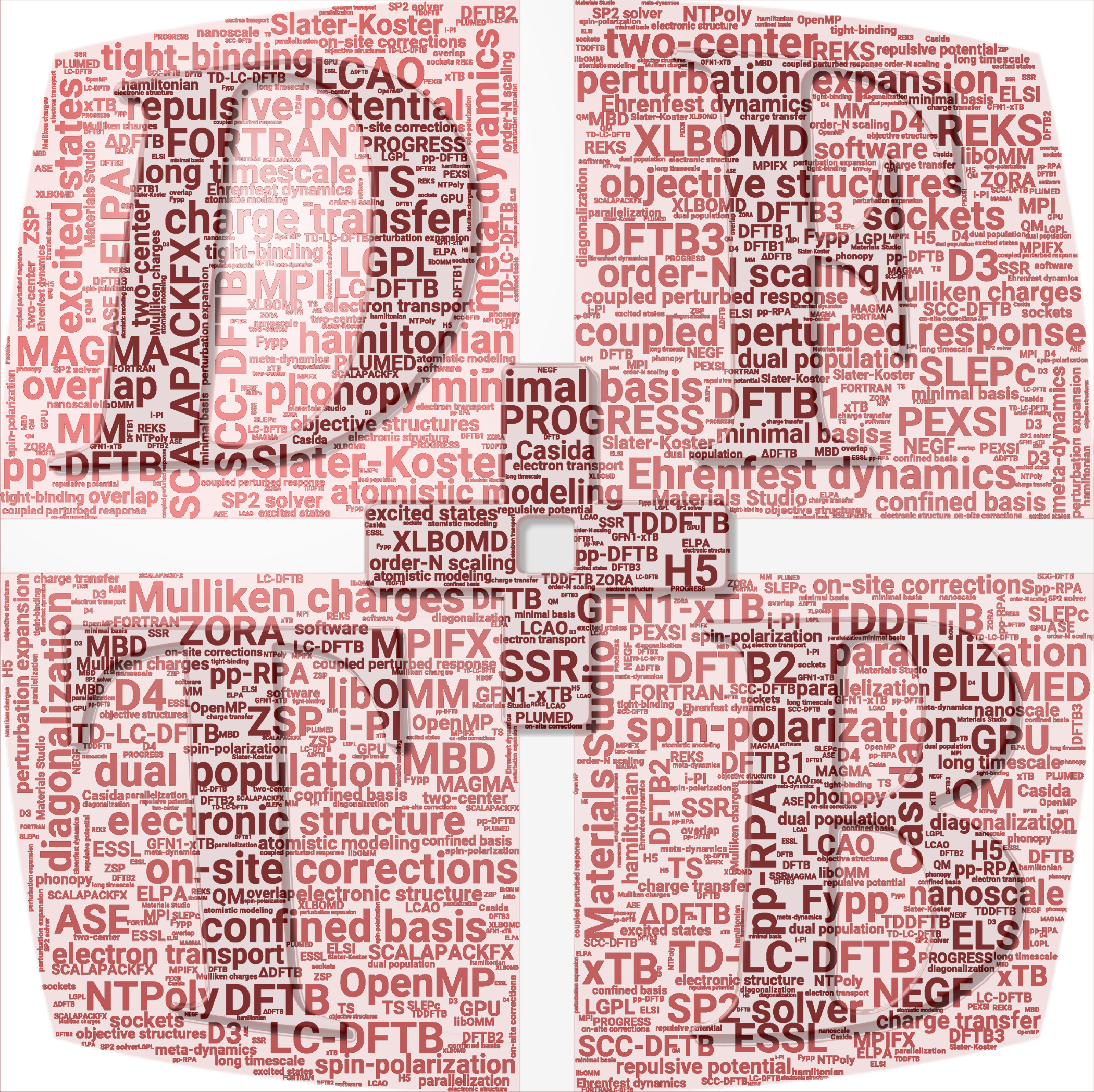
DFTB+, a software package for efficient approximate density functional theory based atomistic simulations
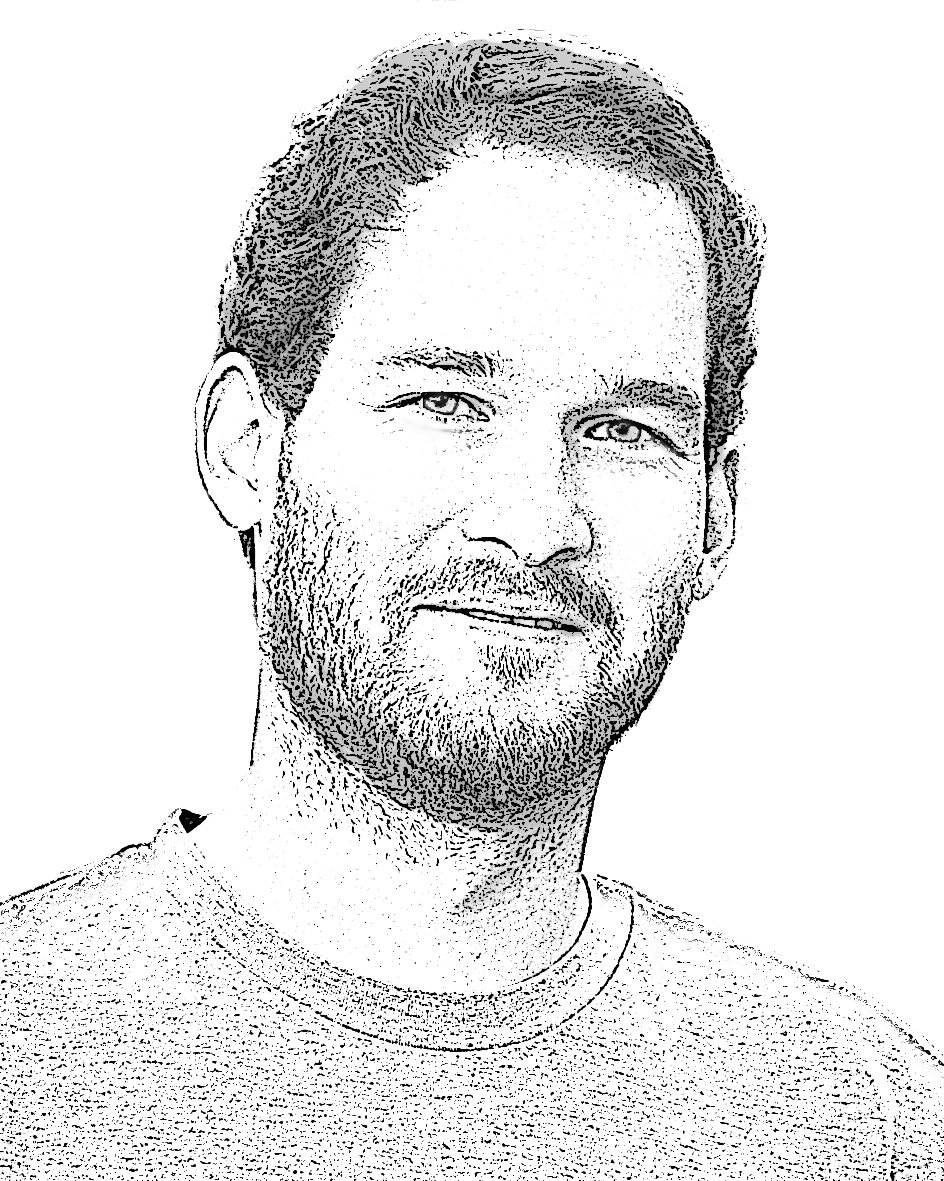
Hi,
my name is Martin and I'm a postdoctoral scholar in Theoretical Chemistry at Stanford University. I'm a chemist by education, but after a few years in the lab, I realized if I spend hours cooking something, I'd rather get something tasty and edible in the end. So, I moved research-wise into theory (for more info, check out my CV ).
My research interests focus around understanding the quantum-mechanical basis of (non-local) interaction mechanisms and emergent phenomena in complex systems ranging from nano-scale compounds to biomolecular systems. Further, I'm continuously working on developing and improving efficient electronic structure methods for large-scale atomistic modeling. Since recently, this involves ongoing efforts to incorporate quantum-mechanical principles into machine learning techniques (you can find my publications under Publications or the Google scholar link below).
Besides research, I enjoy playing football, ice hockey, volleyball, almost any kind of alpine sports, but also traveling, web & graphics design, music, cooking, trivia, and quizzes.
Contact: martin.stoehr [at] stanford.edu
Google Scholar: scholar.google.com/citations?user=MyoZPDAAAAAJ
